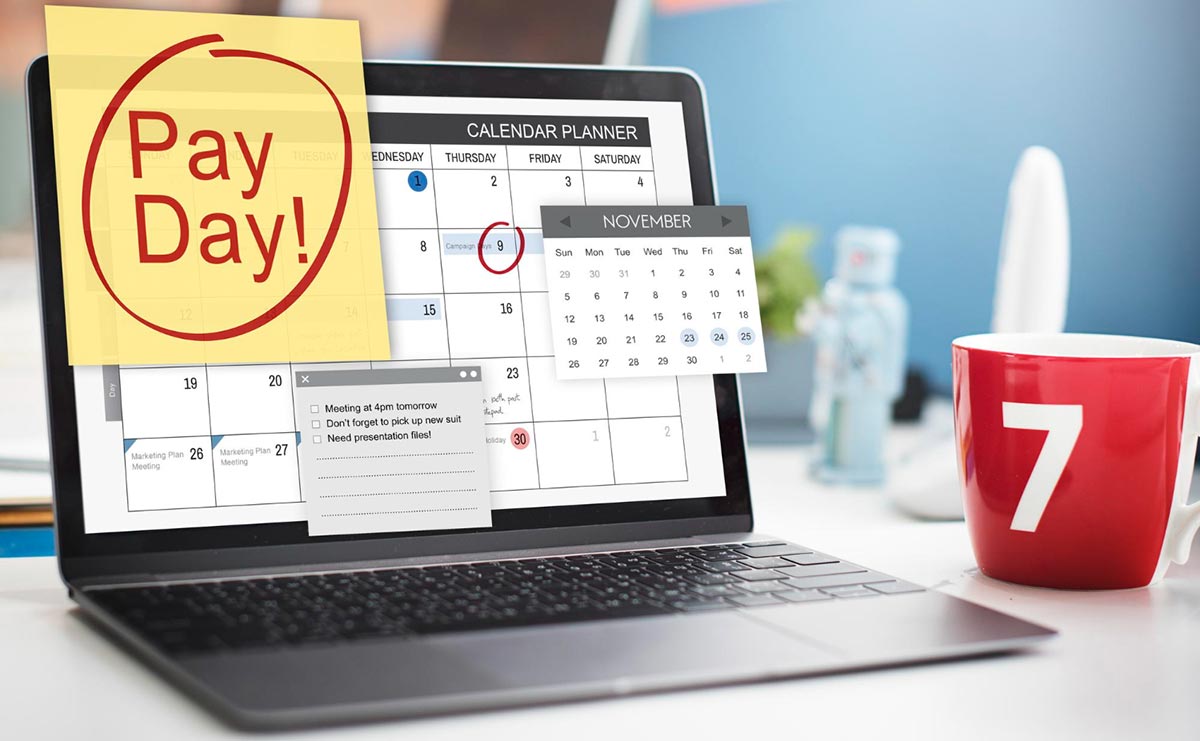Government Alberta | Forms – RTDR0002
RTDR0002 – Declaration of Service by Landlord in Alberta
The “Declaration of Service by Landlord – RTDR0002” form is a document used within the Residential Tenancy Dispute Resolution Service (RTDRS) process. It is designed to officially record and verify the method by which a landlord has served the application form and related documents to the respondent, in this case, the tenant. This form is critical for establishing the legitimacy of service in accordance with RTDRS Rules of Practice and Procedure. It includes sections for detailing how documents were served—personally, by leaving copies with an adult at the premises, by posting on the premises, by email, by registered mail, or as directed by the RTDRS. Additionally, it collects personal information under the authority of section 33(c) of the Freedom of Information and Protection of Privacy Act, ensuring the privacy and security of the parties involved. This form is a necessary step in the dispute resolution process, ensuring all parties are properly notified and can participate in the resolution proceedings.
Filling out this form is an important step in the dispute resolution process, ensuring that all parties are properly notified. Here is a step-by-step guide to help you accurately complete the form:
- Fill in the RTDRS Case Number and Party Information
- RTDRS Case No.: Enter the case number assigned by the Residential Tenancy Dispute Resolution Service.
- Applicant(s): Write the name(s) of the landlord(s) initiating the dispute.
- Respondent(s): Enter the name(s) of the tenant(s) involved in the dispute.
- Service Declaration
- Your Details: As the serving party (landlord, agent, lawyer, etc.), provide your full name, address, and contact information.
- Declare Your Role: Indicate whether you are the landlord, an agent, a lawyer, or specify another role in the space provided.
- Details of Service
Indicate how the documents were served to the respondent(s) by filling out the relevant section(s):
- a) Personally: If you delivered the documents directly to the respondent, fill in their details, the delivery address, and the time and date of service.
- b) By Leaving Copies at the Premises with an Adult: If you left the documents with an adult at the premises, specify the details of the person served, the address, and the service attempt timings.
- c) By Posting Copies on a Conspicuous Place on the Premises: If documents were posted on the premises, detail the location of posting, address, and timing after failing personal service.
- d) By Email: If service was done via email, provide the email address used, the date sent, and attach evidence of delivery.
- e) By Registered Mail: For service by mail, include the mailing address, the date sent, and attach the Canada Post receipt and acknowledgement.
- f) As Directed by the RTDRS: If you were instructed to serve the documents in a specific manner by the RTDRS, describe the method, provide details of the service, and attach any relevant orders or receipts.
- Declaration and Signature
Confirm that the information provided is true to your knowledge. Sign the form and fill in the date to officially declare the service.
- Attachments
Ensure all necessary attachments are included:
- Exhibit “A”: Proof of email delivery, if applicable.
- Exhibit “B”: Canada Post receipt and acknowledgment for registered mail services.
Tips for Completing the Form:
- Double-check details: Ensure all names, addresses, and dates are accurate and match the information on the notice and application form.
- Provide evidence: Attach all required documents to support your declaration of service.
- Keep a copy: Always keep a copy of the completed form and any attachments for your records.
This form is a legal document, and accurate completion is crucial for the dispute resolution process.
Disclaimer: This guide is provided for informational purposes only and is not intended as legal advice. You should consult the Residential Tenancies Act or a legal professional.




